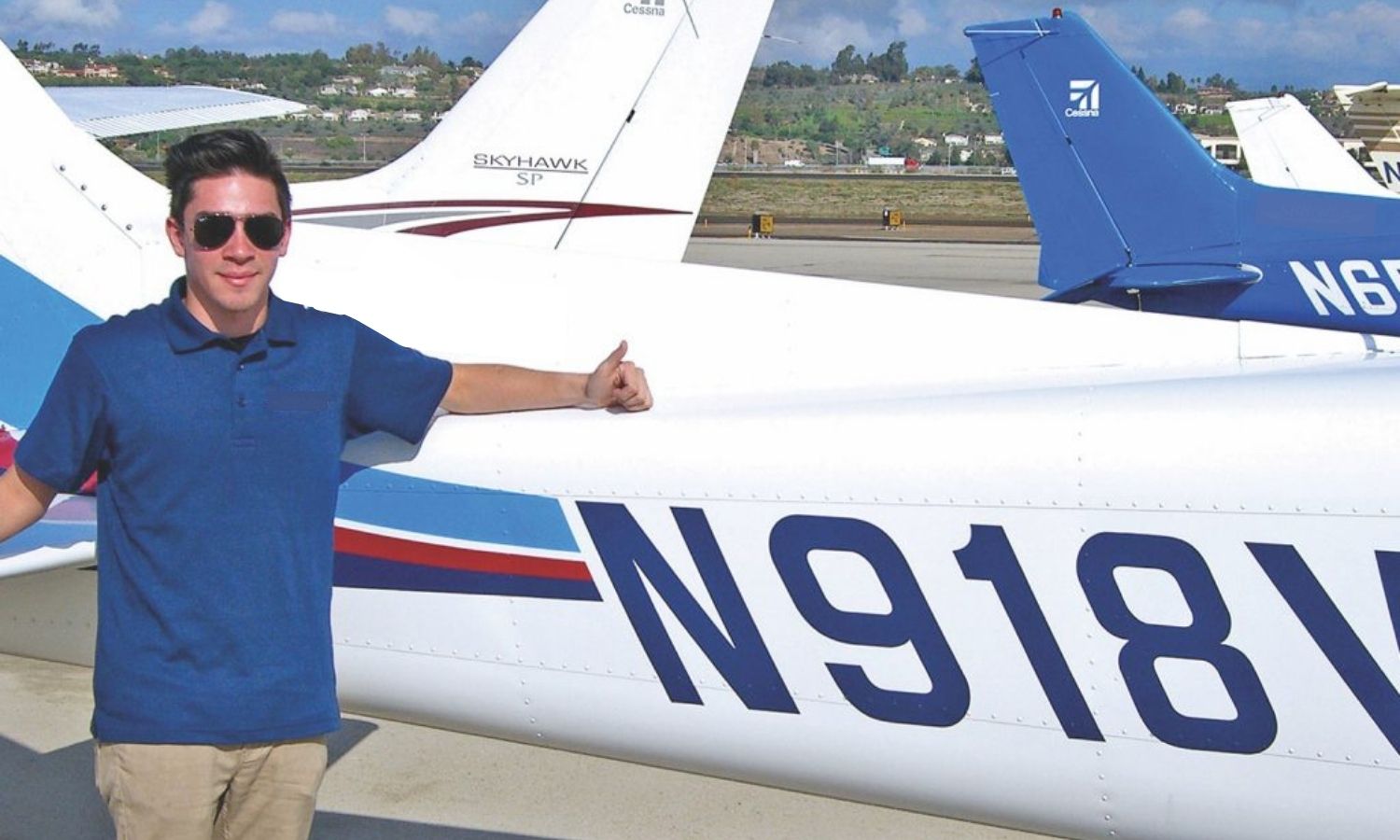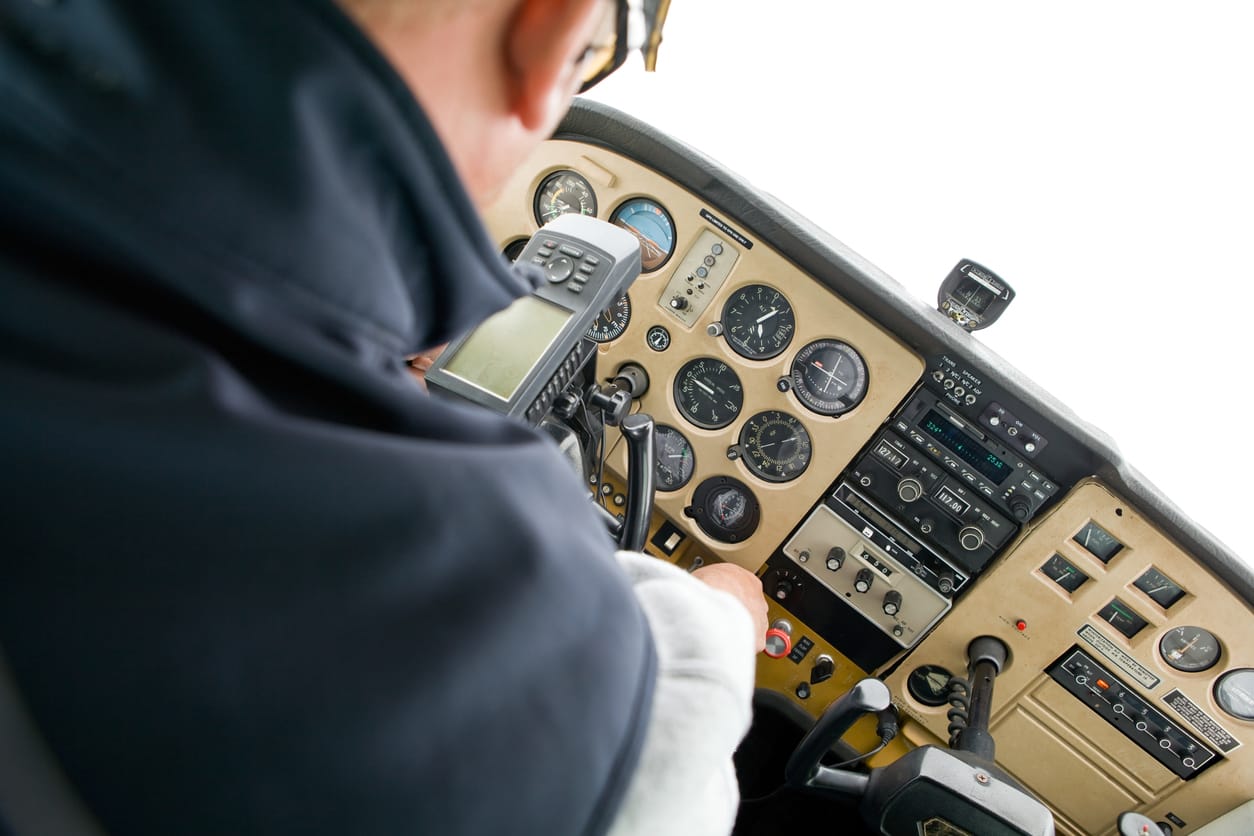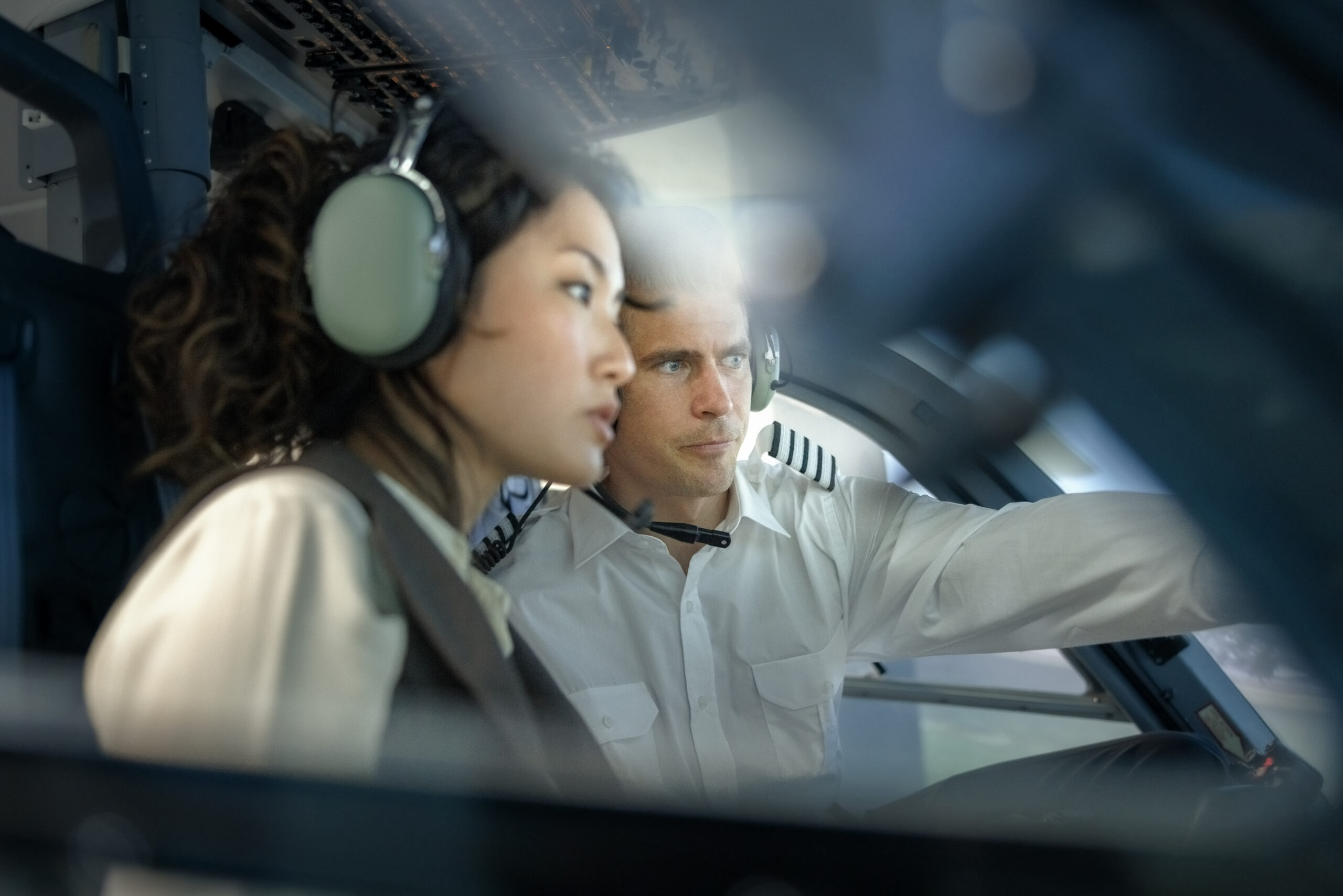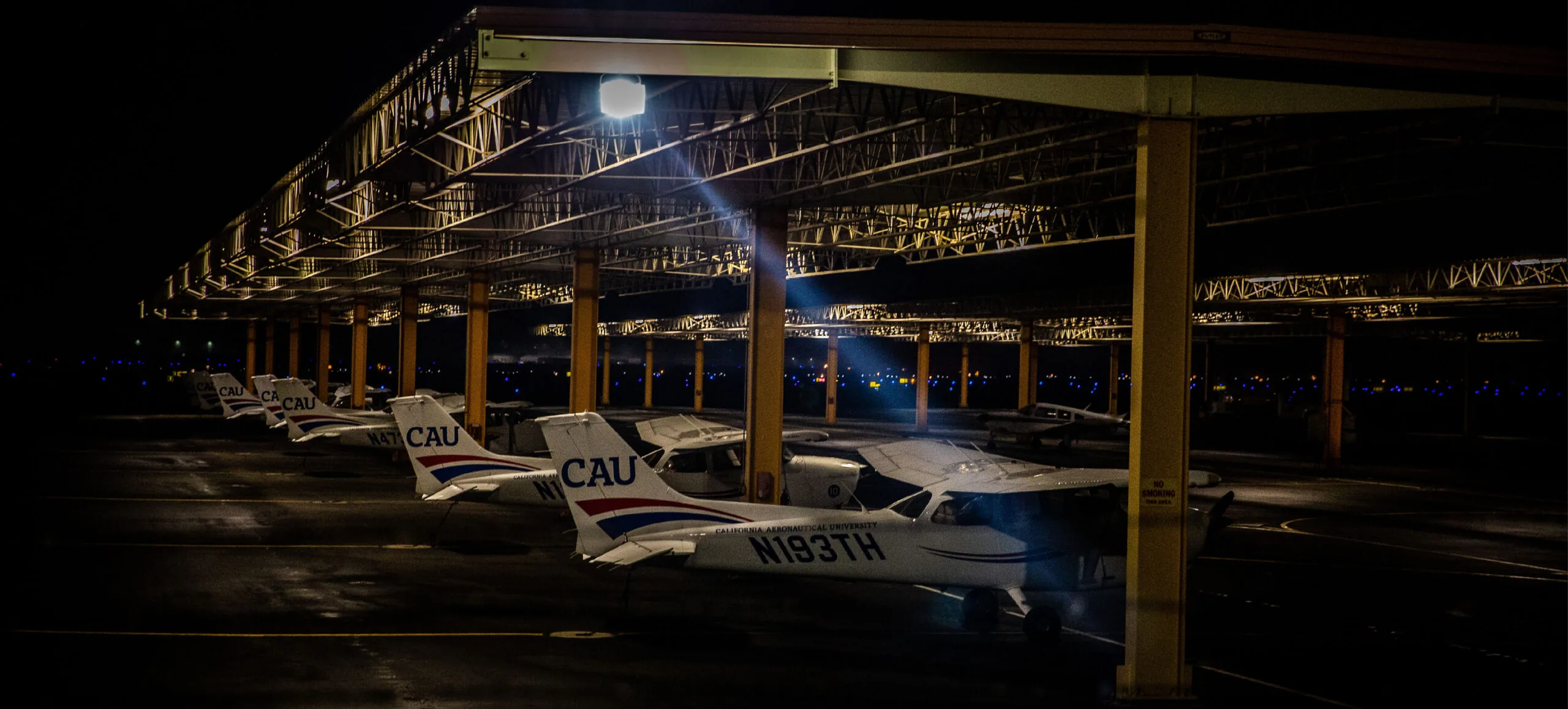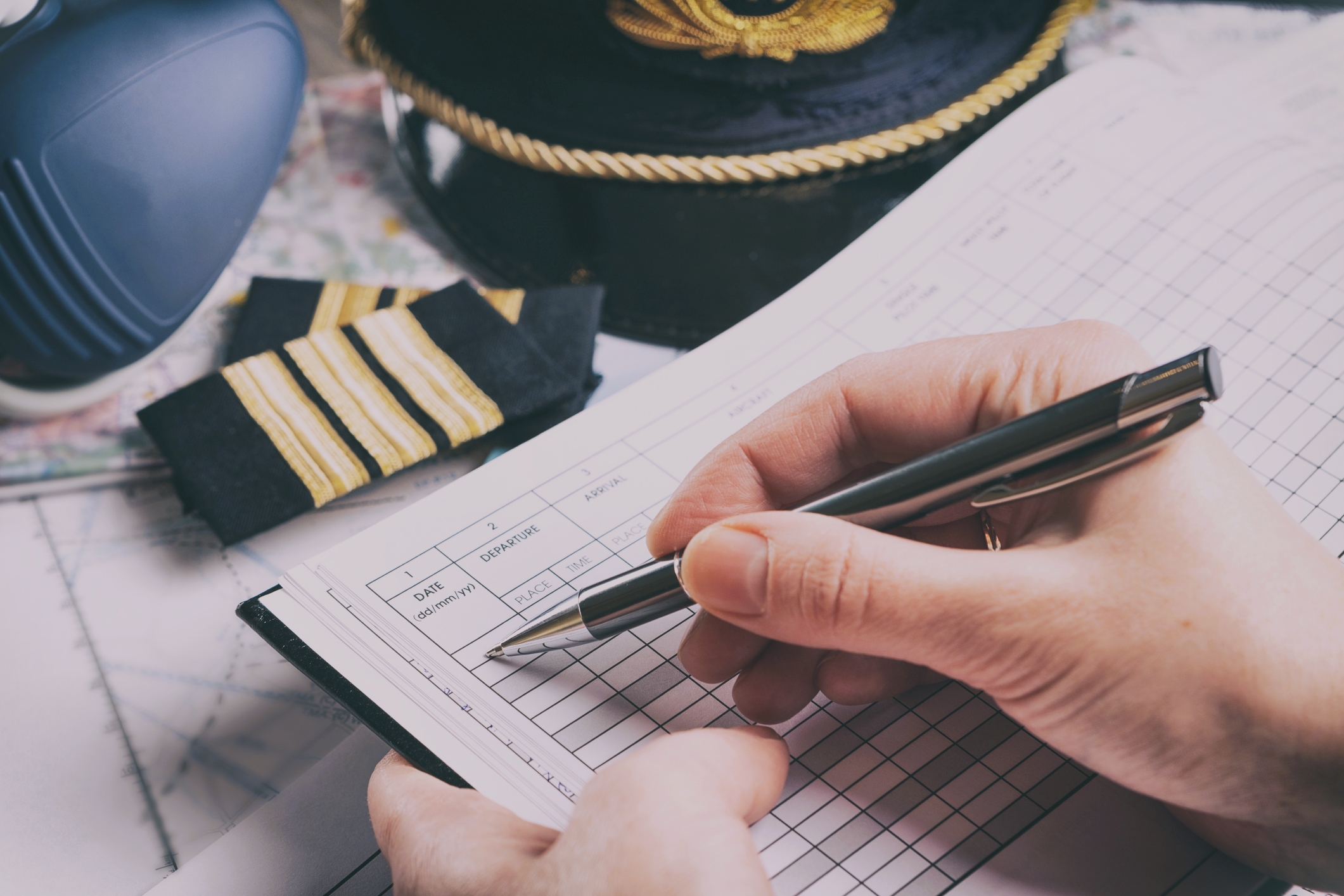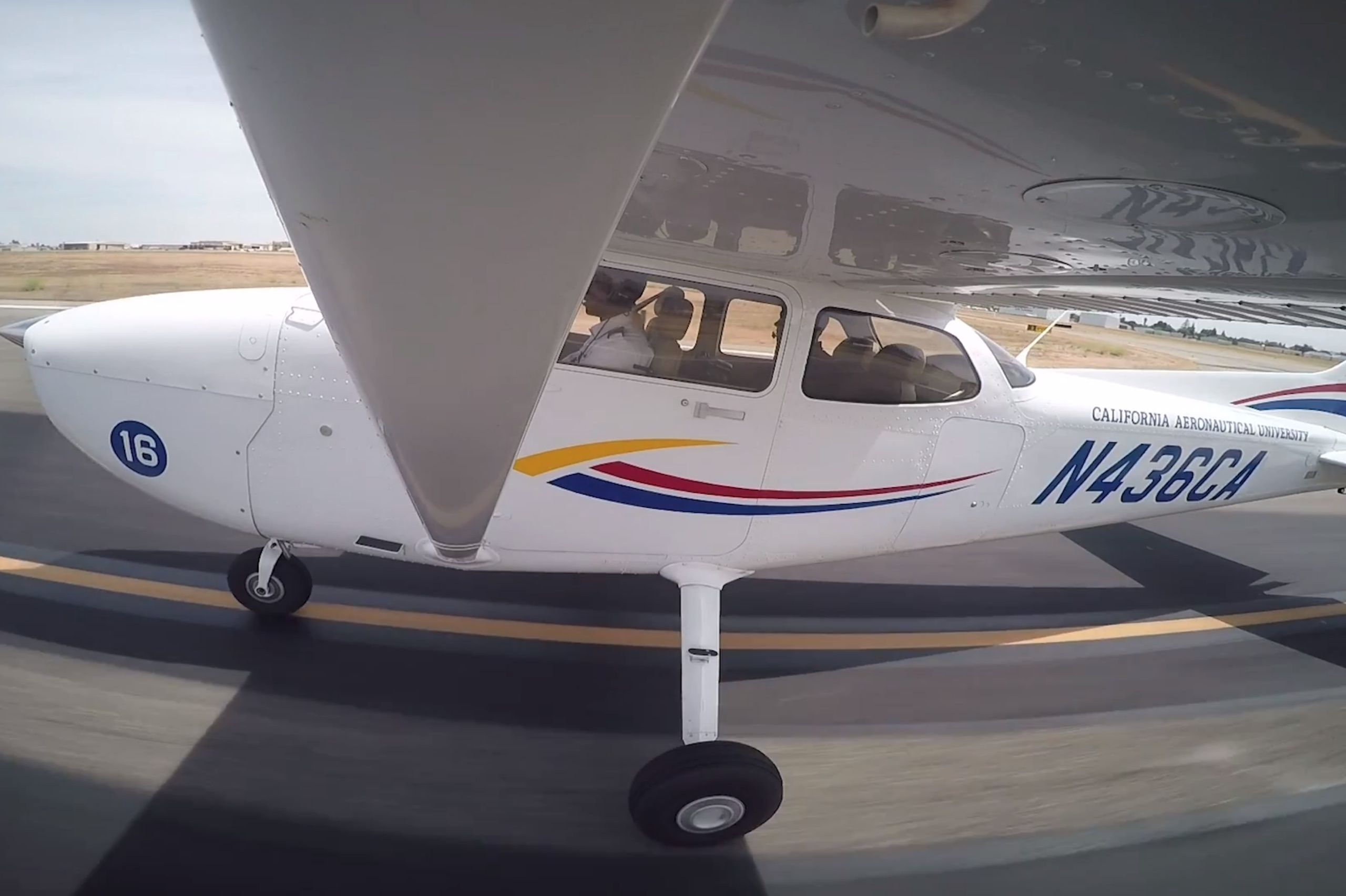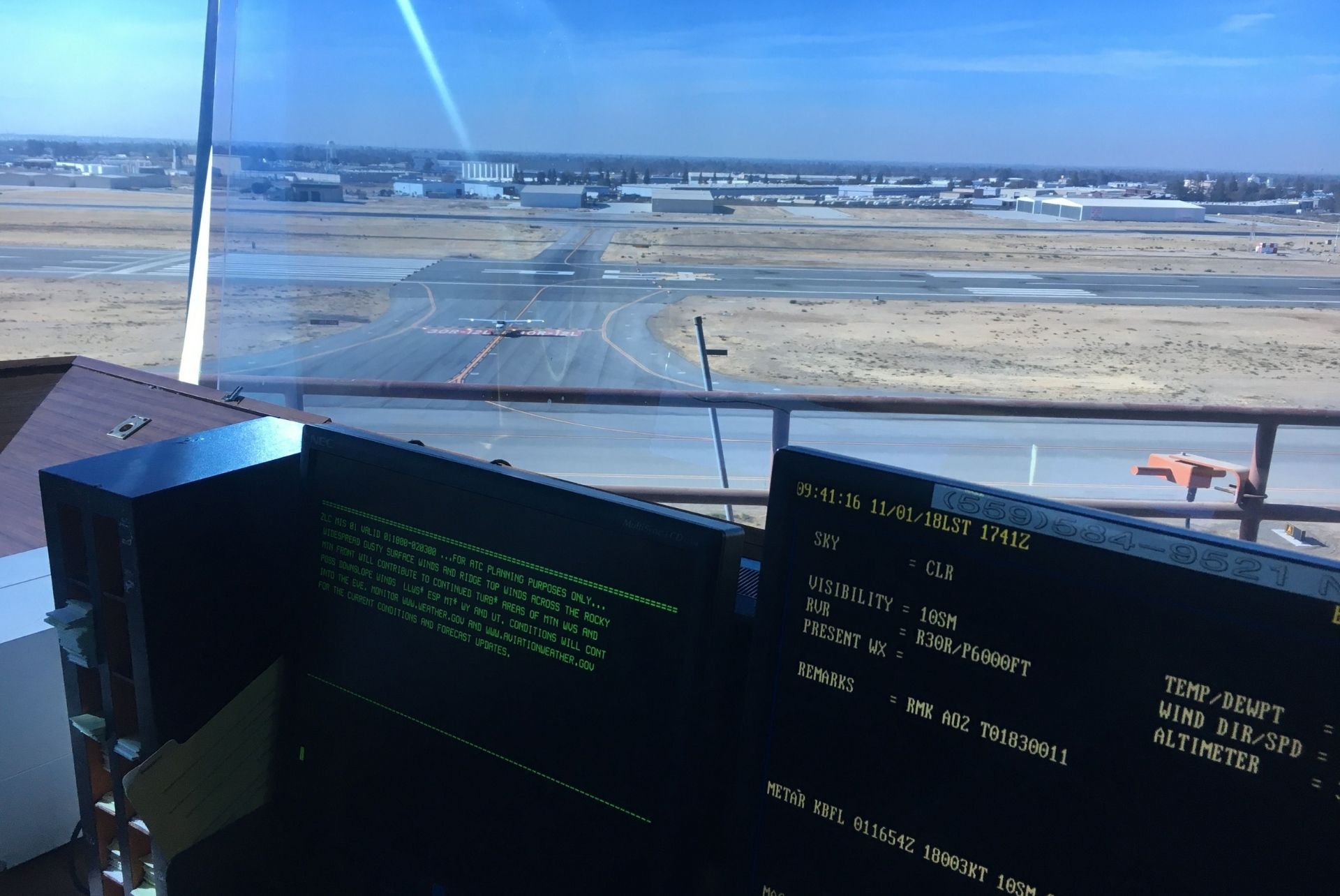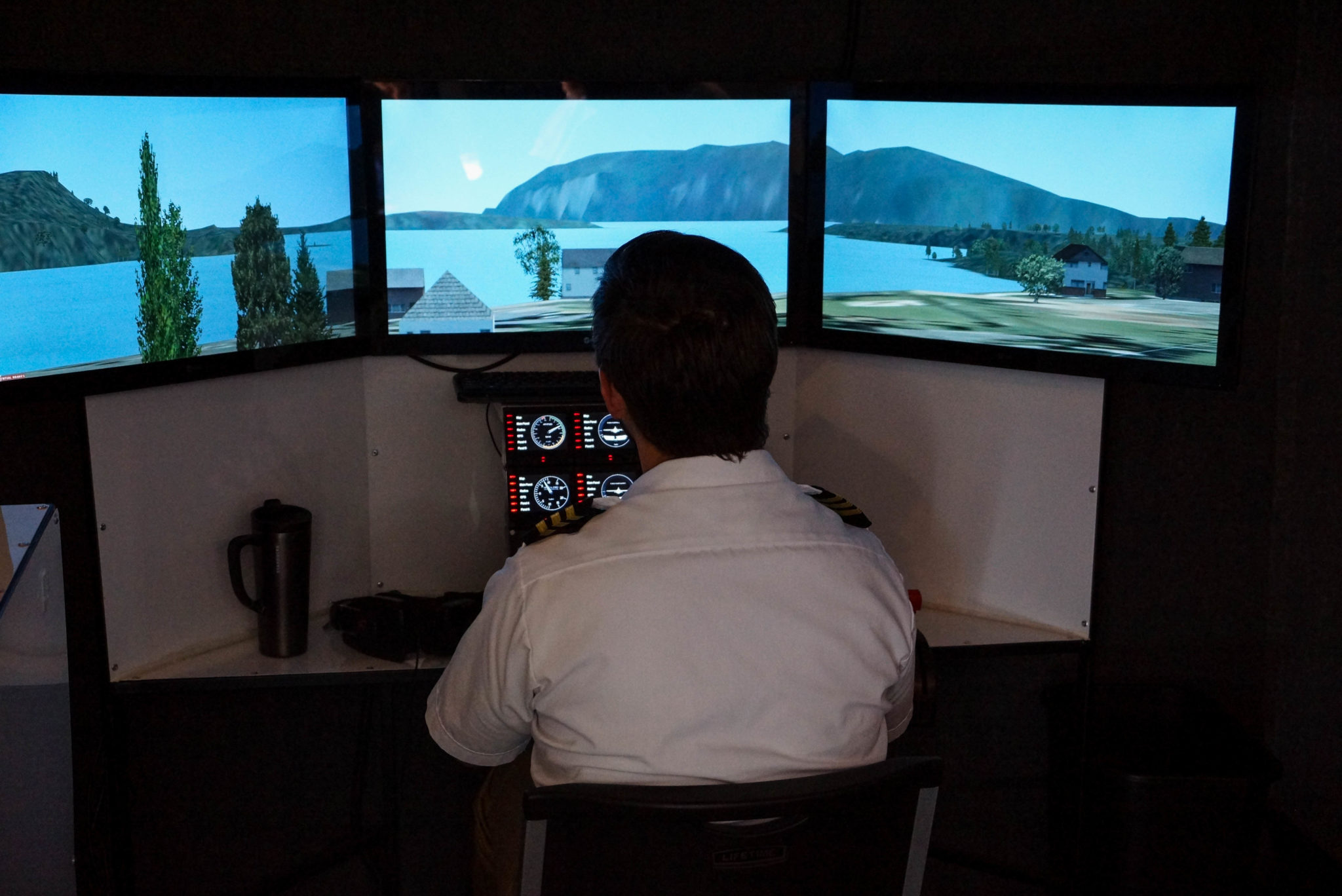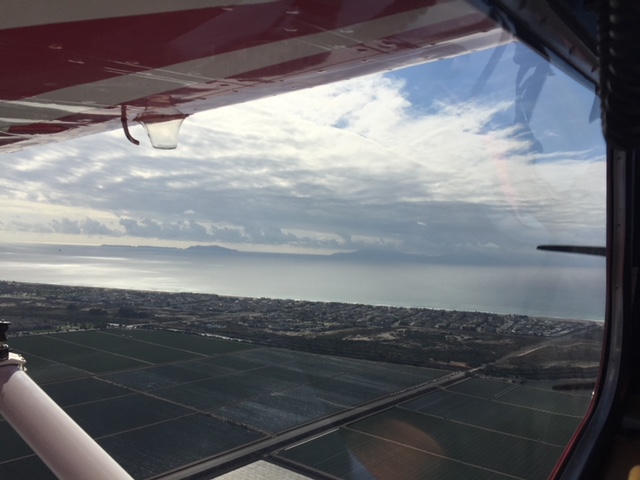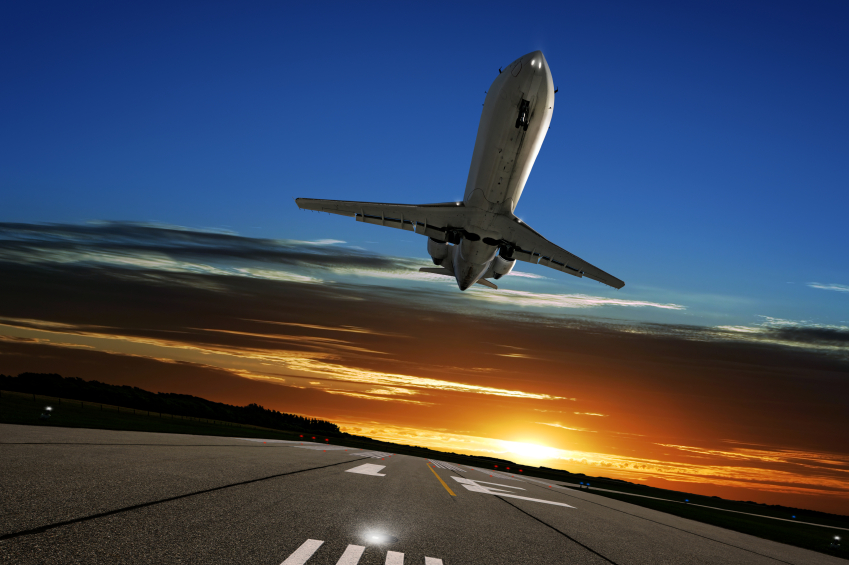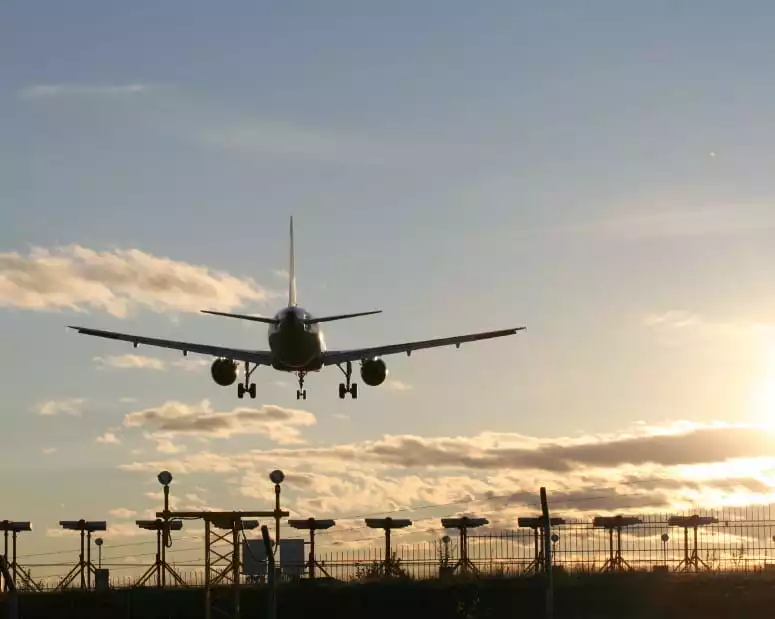If you are curious about the aviation industry, a discovery flight is a valuable option to help you determine if this is the right field for you.
[lwptoc numerationSuffix=”dot” title=”In This Article:”]
When student pilots are eager to begin their training and would like a preview of life in the air, a discovery flight can provide an exciting perspective. Discovery flights are usually offered by flight schools to people who have not taken any flight training. Not only are they fun experiences, they make for terrific social media content. Those who are eager to become pilots might want to take a friend or family member along to take photos and videos or share in the experience.
Typical candidates for introductory flights are teenagers who are nearing the age of beginning flight training (16) or those who have long dreamed of taking flight lesson, but have not yet begun to do so. A popular discovery flight client is a person who is nearing retirement and is eager to begin a new challenge now that time and finances permit.
What Happens on a Discovery Flight
Discovery flights are also referred to as “introductory flights” and it is important to realize that they are usually run as an informal lesson. They can be enjoyable experiences and the client has the options to participate as much as they want. However, discovery flights are usually hands on experiences because the client is usually eager to learn to fly.
Unlike a scenic tour, a discovery flight takes place with a pilot who is a Certified Flight Instructor (CFI). CFIs are specifically trained to teach others how to fly. The CFI might work later with the client or not; it depends on the flight school and many other factors, such as scheduling availability. However, the discovery flight is a terrific opportunity to ask questions about flight training, especially while in the air.
Introductory flights are typically to preview the flight lesson experience without the nerves that sometimes accompany getting into the cockpit. A good CFI will focus on relaxing the client and giving brief explanations about what is taking place during the flight.
How to Prepare for a Discovery Flight
The best way to prepare for a discovery flight is to approach it as a fun adventure you will always remember. There is no need to take notes or try to remember every piece of information the instructor will pass on. For many people, this will be their first time in a small general aviation airplane. Since most flight schools have fleets consisting of Cessnas, Pipers, Diamonds, or Cirrus, a discovery flight will probably take place in one of these. If you would like to know which kind of airplane your CFI will use, the flight school can probably tell you. You might enjoy looking at pictures of or reading about the airplane you will use on your discovery flight.
Some people who do not feel airsick on large airliners or regional jets are surprised that they become queasy on smaller general aviation aircraft. This is not a weakness, but a matter of experiencing a smaller aircraft with a larger field of vision for the first time. In addition, turbulence can be more pronounced in a small aircraft. It is normal, and if you feel yourself becoming sick, be sure to tell your CFI. It will not be the first time they have heard this, and more than likely has felt the same way at some point.
Your CFI will concentrate on making the flight as smooth as possible, and land for a time if necessary. Since some introductory flights involve simple maneuvers such as gentle turns or descents, the CFI needs to know right away to avoid these if you are not feeling well. Even if you typically do not get airsick, it’s usually a good idea to avoid large, heavy meals just before your discovery flight. Consider having a celebratory dinner afterwards.
Benefits of a Discovery Flight
Some CFIs like to walk their clients through a sample preflight inspection and briefing, just as he or she would during a real lesson. Your CFI will also give a safety briefing as the pilot in command, and will point out the airplane’s exits and ensure that you have your safety belt on during the flight. If you have any questions about safety, be sure to ask. The CFI makes his or her living by teaching and explaining, so he or she should have all the answers you are seeking.
During your flight, you will sit next to the CFI. You will both wear headsets to communicate, as general aviation aircraft trainers are usually much louder than the cabins of commercial aircraft. In the headset, you can hear air traffic controllers talk to the pilot (but not you, at least not yet.) Both of your sides of the airplane will have yokes and rudder pedals, just like during your future flight lessons. Your CFI might guide you through some maneuvers and you could take part in climbing and landing as well. Usually, you can take as much action as you would like. Your CFI is accustomed to compensating for what you cannot yet perform. This is your chance to feel what it is like to truly pilot an airplane on your own.
What Discovery Flights are Not
There is a difference between a discovery flight and a scenic tour. A discovery flight is an introductory lesson on how to fly an airplane, but the point of a scenic flight is sightseeing. The pilot usually also acts as a tour guide and has a typical route and commentary. Some people contact flight schools for discovery flights for birthdays, anniversaries, dates, or even marriage proposals, but since the aim of the discovery flight is a preview flying lesson, it is probably best to discuss your goals and expectations with the staff and pilot before making plans. Introductory flights can vary from flight school to flight school and CFI to CFI. If you are curious about joining the aviation industry, a discovery flight can be a great first step to help you determine if pursuing an aviation degree is right for you.
Ready to soar in your aviation career?
Mr. Matthew A. Johnston has over 23 years of experience serving various roles in education and is currently serving as the President of California Aeronautical University. He maintains memberships and is a supporting participant with several aviation promoting and advocacy associations including University Aviation Association (UAA), Regional Airline Association (RAA), AOPA, NBAA, and EAA with the Young Eagles program. He is proud of his collaboration with airlines, aviation businesses and individual aviation professionals who are working with him to develop California Aeronautical University as a leader in educating aviation professionals.
